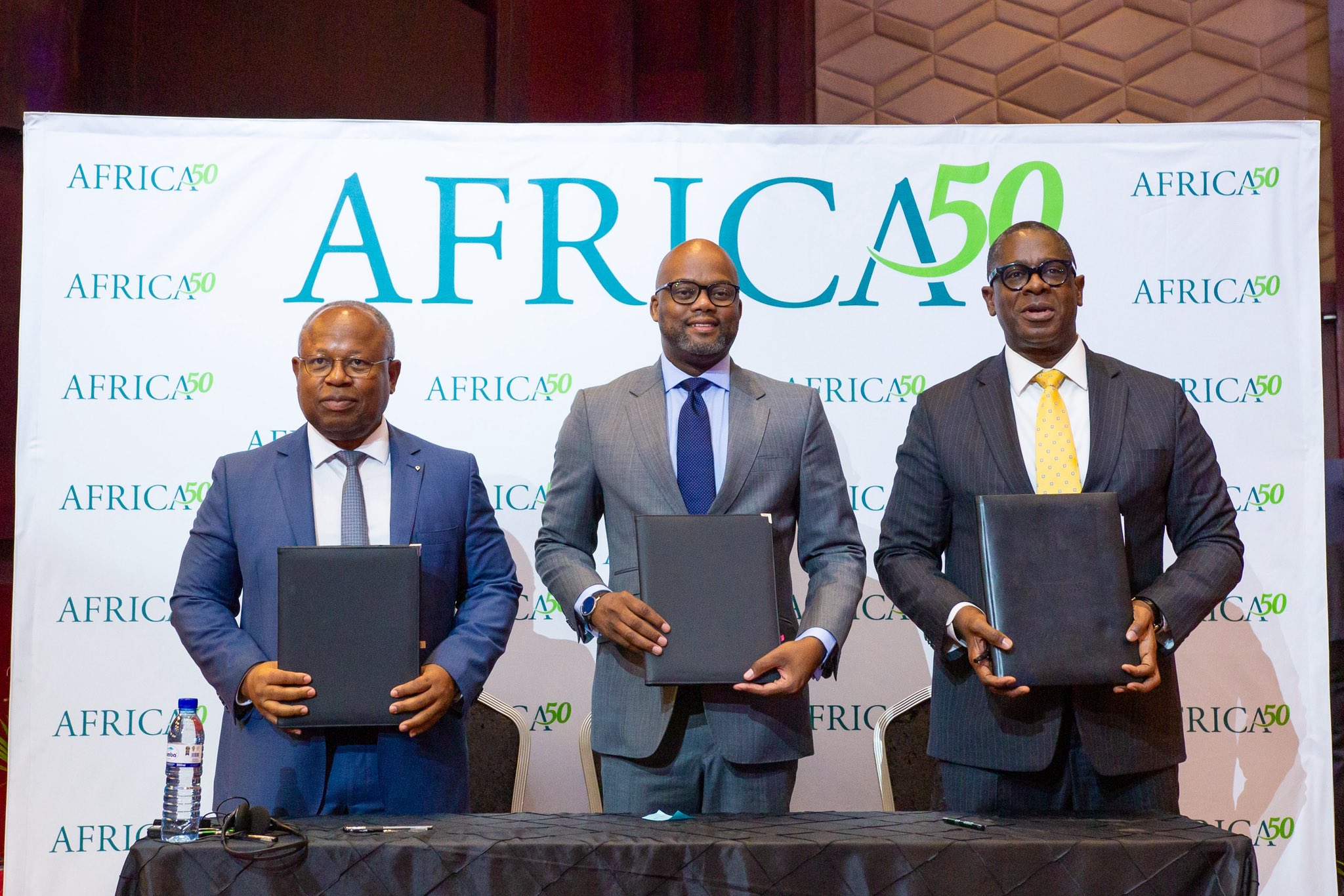As the global race toward net-zero accelerates, green bonds are emerging as one of the most effective tools for financing climate-positive projects.
These instruments channel capital directly into renewable energy, sustainable agriculture, water systems, resilient infrastructure, and other climate-critical sectors.
For Kenya, where droughts, flooding, and climate volatility carry heavy economic and social costs, green bonds are more than a trend but a strategic lifeline.
Kenya’s Updated Nationally Determined Contribution (NDC) commits to cutting emissions by 32% by 2030. Achieving this goal requires at least $55 billion in green and climate finance.
Green bonds, therefore, represent one of the country’s most powerful levers for mobilising long-term, affordable capital.
As Africa’s sustainable debt market surges past $10 billion across 70–80 deals, Kenya is positioning itself at the forefront, backed by regulatory reforms, growing investor interest, and a maturing ecosystem of issuers.
Kenya’s Green Bond Landscape in 2025: A Market Taking Shape
Kenya’s modern green bond journey began with the 2017 Kenya Green Bond Programme, supported by FSD Africa, the National Treasury, CBK, CMA, and the NSE.
This programme unlocked more than GBP 65 million for climate projects and established the regulatory and market infrastructure now enabling Kenya’s issuers.
Key reforms followed:
- Green Bond Guidelines (2019)
- NSE Green Bond Listing Rules
- Withholding tax exemptions on interest earned from green bonds are an incentive that continues to attract both local and offshore investors.
By 2025, momentum has returned. Kenya issued a mid-year sovereign green bond with strong international demand, its biggest endorsement yet.
Corporates like Acorn Holdings remain proof of concept. And Kenya’s 47 counties, already armed with County Climate Change Acts and operational County Climate Change Funds, are preparing for green finance mobilisation at a devolved scale.
Nevertheless, the market remains shallow. Only a handful of green bonds have been issued, and macroeconomic pressures from interest rate volatility to high certification costs still limit supply.
Still, new CBK climate-related financial disclosure guidelines are encouraging issuers toward transparency and green investment readiness.
How Kenyan Corporates Can Leverage Green Bonds
For companies, whether in telecom, energy, real estate, or manufacturing, green bonds provide long-term funding at competitive rates and signal leadership in ESG performance.
In many cases, issuers secure cheaper capital because global investors are actively seeking green assets, sometimes accepting yields 10–20 basis points lower than equivalent non-green bonds.
What corporates need to do
Corporates can tap green bonds by following a structured path:
- Identify Eligible Green Projects
Using the Kenya Green Finance Taxonomy (KGFT), corporates determine which assets qualify as renewable installations, green buildings, energy-efficiency retrofits, waste-to-energy systems, sustainable fleets, and more. - Obtain Third-Party Certification
Verification by bodies like the Climate Bonds Initiative (CBI) enhances credibility and investor confidence, especially for global ESG funds. - Structure the Bond and Engage Regulators
Issuers work with CMA for approval and list the bond on the NSE. Transparent allocation and impact reporting are key to maintaining certification. - Market the Bond to Investors
Roadshows, investor briefings, and data-driven impact metrics (e.g., CO₂ avoided, water saved) help mobilise domestic pension funds and DFIs seeking high-integrity green assets.
READ ALSO:
A Complete Guide to Kenya’s Green Bond Market for New Investors
Corporate Success Stories
Acorn Holdings
Acorn’s 2019 green bond, worth KES 4.3 billion (USD 40M), remains East Africa’s flagship issuance. Certified by CBI, it financed energy-efficient student housing for over 5,000 learners and remains a benchmark for transparency and impact reporting on the NSE.
Safaricom
Fresh off a KES 40 billion corporate bond programme approval (Nov 7, 2025), Safaricom plans to issue green instalments to replace diesel-powered network sites in Kenya and Ethiopia with clean, renewable alternatives. This comes after its successful KES 15 billion sustainability-linked loan in 2024.
Unilever Kenya
By issuing green bonds tied to sustainable sourcing and efficient supply chains, Unilever demonstrates that even consumer-facing companies can embed green finance into their operations.
These examples show how corporates can de-risk green projects, meet ESG mandates, expand investor bases, and unlock cheaper long-term financing.
How Counties Can Leverage Green Bonds
Kenya’s counties sit at the centre of climate vulnerability and climate action. Devolution has given all 47 counties control over 15% of national revenue, and each has now adopted the County Climate Change Act (CCCA), enabling the establishment of County Climate Change Funds (CCCFs).
Counties manage critical sectors such as water, agriculture, waste management, transport, and local energy areas ripe for green investment. While no county has issued a green bond yet, the pathway is clear.
Steps Counties Can Take
- Prioritise Green Projects
Counties should identify bankable climate-smart projects through County Environmental Action Plans (CEAPs), such as solar mini-grids, waste-to-energy facilities, irrigation systems, and green transport. - Map Financing Partners
Potential partners include AfDB, GCF, FSD Africa, the World Bank, locally regulated pension schemes, and private investors. Many will co-finance feasibility studies. - Prepare Bankable Proposals
Counties must craft robust notes with budgets, economic analysis, and measurable climate outcomes. Revenue-generating models, including hydropower tariffs, solar mini-grid sales, and water levies, strengthen the case. - Secure Approval and Issue
Through CMA and KGFT compliance, counties can issue municipal green bonds, list them on the NSE, and commit to annual reporting. - Scale Through Blended Finance
Grants can de-risk initial pilots, with bonds financing scale-up, especially in ASAL counties where resilience needs are urgent.
Potential Green Bond-Ready County Projects
- Renewables: Small hydropower in Nandi, solar mini-grids in Taita Taveta
- Water and Irrigation: Dams in Wajir, smart irrigation in Laikipia
- Agriculture: Green processing centres in Kirinyaga, climate-resilient cold chains
- Waste Management: Makueni-model waste-to-value plants across urban counties
Counties like Nairobi City, Embu, and Makueni already supported through the County Green Investment Facility (CGIF) are expected to lead Kenya’s first subnational issuances.
Benefits, Barriers, and the Road Ahead
Benefits
- Access to affordable long-term capital
- Enhanced ESG reputation and investor diversification
- Strong alignment with Kenya’s NDCs, SDGs, and Vision 2030
- Job creation and climate resilience at scale
- Clear policy support: tax breaks, listing incentives, reporting frameworks
Challenges
- High certification costs
- Limited local expertise
- Market liquidity issues
- Need for better pipeline development and blended finance tools
Still, Kenya’s policy direction is unmistakable. The 2025 Green Finance Roundtable underscored the government’s intent to scale climate financing through domestic capital markets.
With a sovereign pipeline underway and Safaricom preparing major issuances, the market is primed for rapid deepening.
Final Word: Green Bonds Are Kenya’s Next Frontier
Corporates and counties increasingly face pressure from investors, citizens, regulators, and global markets to operate sustainably.
Green bonds offer the perfect bridge between ambition and financing. Kenya now has the frameworks, the demand, and early success stories to scale this opportunity.
The next step is action. For CEOs, CFOs, county executives, and sustainability leaders, the question is no longer whether to explore green bonds but which project to start with.
What’s your county or corporate green project? Share below.
Ronnie Paul is a seasoned writer and analyst with a prolific portfolio of over 1,000 published articles, specialising in fintech, cryptocurrency, climate change, and digital finance at Africa Digest News.






